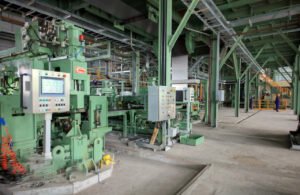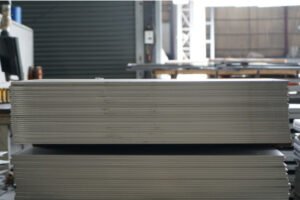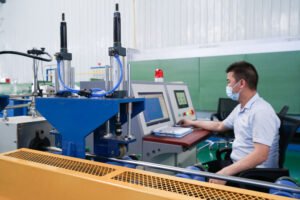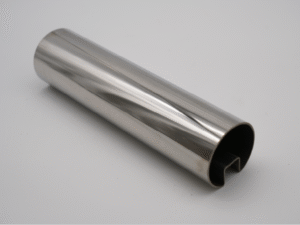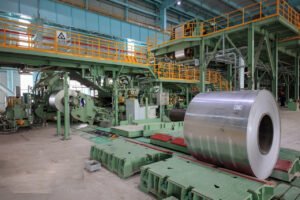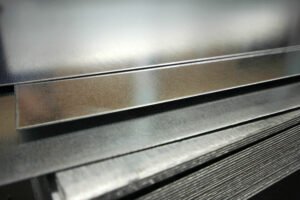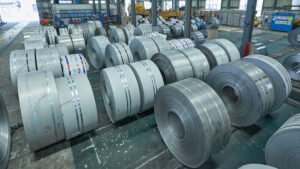Understanding Fitting Corrosion in Stainless Steel Water Applications
Struggling with unexpected corrosion in your stainless steel water systems? These failures lead to costly repairs and operational downtime. Understanding the specific corrosion mechanisms is the key to prevention.
Despite its reputation, stainless steel can corrode in water due to localized factors. These include aggressive water chemistry (like high chlorides), crevice formation, high temperatures, and improper material selection for the specific application, leading to pitting and other forms of decay.

As the Global Business Director at MFY, I’ve seen firsthand how a small spot of rust can escalate into a major operational headache. The demand for stainless steel in water systems is rising because it’s hygienic, durable, and sustainable. But its "stainless" reputation can be misleading if not properly understood. The truth is, the interaction between the material and its environment is complex. Let's break down this issue. I want to share what we at MFY have learned about specifying the right materials to protect these critical assets and ensure long-term reliability for our partners.
What causes fitting corrosion in stainless steel water applications?
Your fittings are failing despite being stainless steel. This undermines project trust and budgets. The cause is often localized and environmental, not a material-wide failure.
Fitting corrosion is primarily caused by a breakdown of the steel's passive protective layer. This is triggered by factors like high chloride concentrations, low pH, stagnant water conditions (crevice corrosion), and elevated temperatures, which initiate localized attacks like pitting.

To truly grasp this, we need to look deeper than the surface. Stainless steel gets its corrosion resistance from a very thin, invisible, and self-healing layer of chromium oxide on its surface. We call this the "passive layer[^1]." Under ideal conditions, this layer protects the steel from the environment. However, specific conditions can compromise it, leading to highly concentrated and rapid corrosion in small areas. It's not that the entire fitting fails at once; rather, a small breach in this protective shield becomes the focal point for a significant attack.
The Main Corrosion Culprits
The most common types of corrosion we see in water systems are not uniform rusting. They are stealthy and localized.
- Pitting Corrosion: This is a particularly insidious form of corrosion. It occurs when the passive layer is broken down in a tiny spot, often by chloride ions found in water. This creates a small pit that can quickly deepen and perforate the pipe or fitting wall, leading to leaks.
- Crevice Corrosion: This happens in tight, shielded areas where water can become stagnant, such as under gaskets, seals, or in threaded connections. In these crevices, the oxygen level drops, creating a different chemical environment that accelerates corrosion.
- Stress Corrosion Cracking (SCC): This is a failure caused by the combined action of tensile stress (from installation or pressure) and a specific corrosive environment. It can lead to sudden, catastrophic failure without much warning.
Understanding which of these is at play is the first step in building a resilient system.
| Тип коррозии | Основная причина | Common Location |
|---|---|---|
| Питтинг | High chloride concentration | Flat surfaces exposed to water |
| Crevice | Stagnant water in tight gaps | Under gaskets, seals, threads |
| SCC | Tensile stress + corrosive elements | Welded areas, high-pressure points |
How do environmental factors contribute to corrosion in stainless steel fittings?
You've chosen the right material, but it's still corroding. The surrounding environment is attacking your system. We must analyze these external factors to find a solution.
Environmental factors like water chemistry (chlorides, pH), temperature, and flow velocity are critical. High temperatures accelerate chemical reactions, while high-velocity flow can cause erosion-corrosion. Stagnant water, on the other hand, promotes crevice corrosion by creating oxygen-depleted zones.

The performance of stainless steel is not absolute; it's relative to its operating environment. You can't simply specify "stainless steel" and expect it to work everywhere. You must match the material grade to the specific environmental challenges. I remember a client in Southeast Asia working on a coastal processing plant. They used standard Grade 304 stainless steel for their water lines, assuming it was sufficient. Within two years, they experienced severe leaks. The problem wasn't the quality of the steel; it was the environment. The high ambient temperature combined with airborne saltwater (chlorides) created a highly aggressive environment that overwhelmed the 304's passive layer. We worked with them to upgrade to a 316L and duplex stainless steel[^2] system, which contains molybdenum for enhanced chloride resistance, and the problem was solved. This experience taught me a valuable lesson: the environment always has the final say.
Key Environmental Aggressors
Let's break down the main environmental variables you must consider:
- Water Chemistry: This is the number one factor. The concentration of chlorides is the most critical element, as it directly attacks the passive layer. However, other factors like pH (acidity/alkalinity), sulfates, and dissolved oxygen levels also play a significant role in the overall corrosivity of the water.
- Temperature: As a general rule, a rise in temperature accelerates the rate of chemical reactions, including corrosion. A system that is stable at 20°C might experience rapid corrosion at 60°C with the same water chemistry.
- Flow Velocity: This has a dual effect. Very low or no flow (stagnation) promotes crevice corrosion by allowing deposits to form and oxygen to be depleted. Conversely, extremely high flow rates can lead to erosion-corrosion, where the protective passive layer is physically worn away by the force of the water and any suspended particles.
What are the potential impacts of corrosion on stainless steel water systems?
A small spot of rust seems minor. But this corrosion can lead to catastrophic system failure. Understanding the full impact justifies the investment in prevention.
The impacts are severe, ranging from leaks and reduced water pressure to complete system failure. Corrosion can also contaminate the water supply, pose safety hazards, and lead to astronomical costs in unplanned maintenance, repairs, and operational downtime.
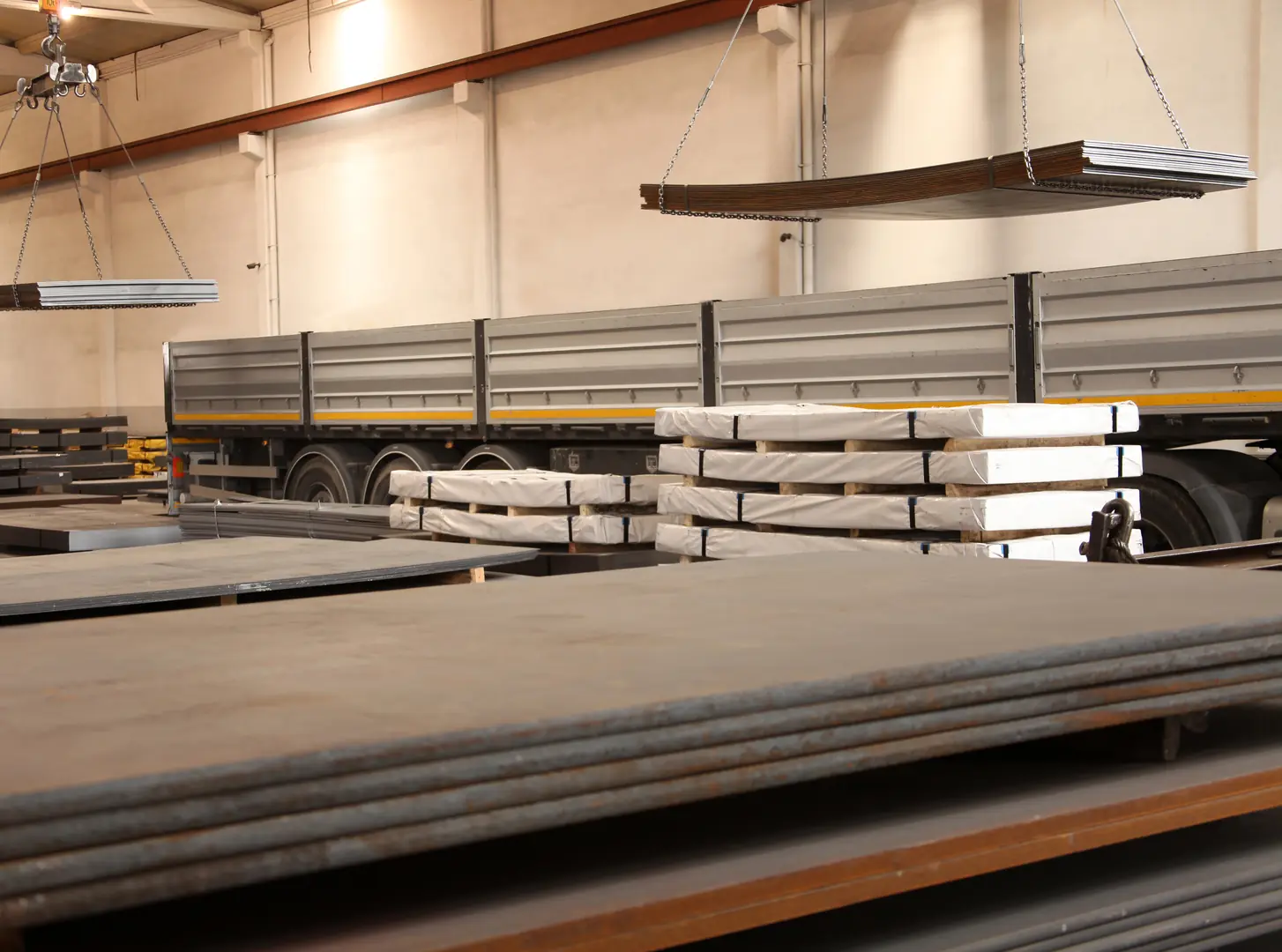
The consequences of fitting corrosion extend far beyond a simple drip. In my role, I've seen how these "small" problems can spiral into major crises for businesses. The true cost is never just the price of a replacement fitting. It's the cascade of problems that follows. When a critical water line in a manufacturing plant fails, production stops. Every hour of downtime can mean thousands or even millions of dollars in lost revenue. For contractors and engineers, a premature system failure can damage their professional reputation and lead to costly warranty claims or legal disputes. The ripple effects are significant, and that's why we at MFY treat material specification with such seriousness. It's about managing risk and protecting our clients' long-term operational and financial health.
A Breakdown of the Impacts
The damage caused by corrosion can be categorized into three main areas:
- Financial Impact: This is often the most immediate concern. It includes the direct costs of repair and replacement parts, the labor for maintenance crews, and, most significantly, the cost of operational downtime. For industries like food processing, pharmaceuticals, or manufacturing, an unplanned shutdown is incredibly expensive.
- Operational and Safety Impact: Corrosion doesn't just cause leaks. It can reduce flow and pressure in the system, affecting equipment performance. More critically, perforations can lead to contamination of the process water, a major issue in hygienic applications. In high-pressure systems, a failure due to Stress Corrosion Cracking can be sudden and violent, posing a serious safety risk to personnel.
- Reputational Impact: For engineering firms and contractors, the systems they build are their business cards. A system that fails prematurely due to corrosion reflects poorly on their expertise and can harm their ability to win future projects.
What solutions exist to mitigate fitting corrosion in stainless steel applications?
Facing persistent corrosion issues feels defeating. This can make you question your material choices. Fortunately, effective and targeted solutions are available to solve this problem.
Solutions include selecting higher-grade stainless steel alloys with more molybdenum (like 316L or duplex grades), applying protective surface treatments, and designing systems to eliminate crevices and ensure consistent flow. Cathodic protection can also be used in some cases.
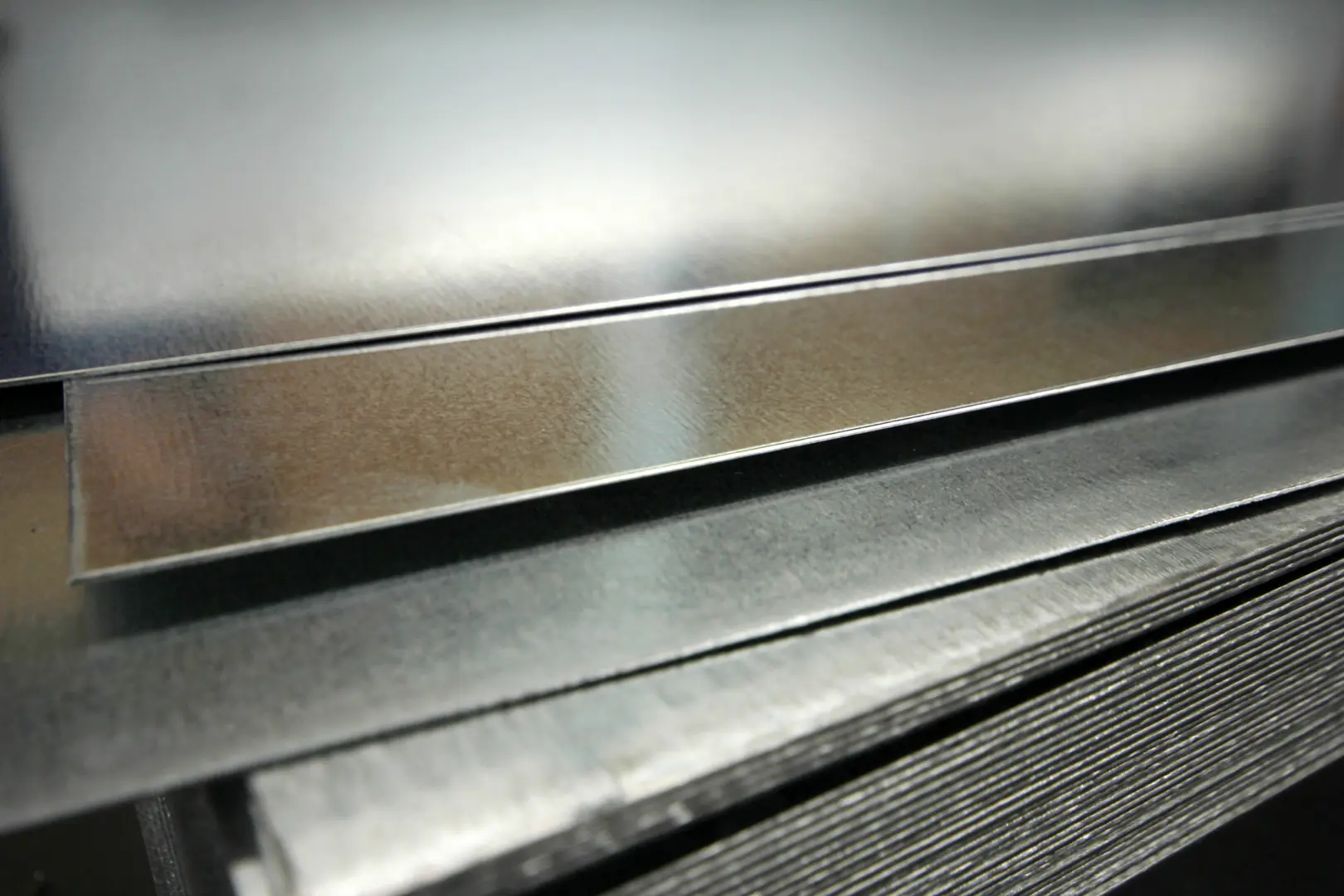
The most powerful solution is proactive: choosing the right material from the start. This is where a deep understanding of metallurgy comes into play. Not all stainless steels are created equal. The alloy composition—the specific recipe of elements like chromium, nickel, and molybdenum—determines its corrosion resistance. The industry uses a metric called the Эквивалентное число сопротивления питтингу (PREN)[^3] to quantify a grade's resistance to pitting in chloride environments. A higher PREN indicates better resistance. This is why a simple water analysis before a project begins is so valuable. It allows us to match the water's aggressiveness with a stainless steel grade that has an appropriate PREN, ensuring long-term performance and avoiding costly future failures. At MFY, our role often goes beyond just supplying material; we act as consultants, helping our clients navigate these crucial decisions.
Choosing Your Defense
Here are the primary strategies for fighting back against corrosion.
| Класс | Основной легирующий элемент | Лучшее для | PREN (Approx.) |
|---|---|---|---|
| 304/304L | 18% Cr, 8% Ni | General purpose, fresh water | ~18 |
| 316/316L | 16% Cr, 10% Ni, 2% Mo | Chloride environments, coastal areas | ~24 |
| Дуплекс 2205 | 22% Cr, 5% Ni, 3% Mo | High chloride, high stress | ~35 |
As the table shows, adding molybdenum (Mo) significantly boosts resistance, which is why 316L is often the go-to for more demanding water applications. For the most aggressive environments, such as desalination or chemical processing, duplex stainless steels offer a superior combination of strength and corrosion resistance.
What are the best practices for preventing corrosion in stainless steel water fittings?
You want to build systems that last. But future corrosion is a constant worry. A proactive prevention strategy provides peace of mind and long-term value.
Best practices involve a holistic approach: conduct a thorough water analysis before material selection, design systems to avoid stagnation and crevices, ensure proper welding and fabrication techniques, and implement a regular inspection and maintenance schedule to catch issues early.

Preventing corrosion is not a single action but a continuous process that begins at the design stage and extends through the entire life of the system. It’s about creating an ecosystem where the stainless steel can perform at its best. This requires collaboration between the end-user, the engineer, and the material supplier. The single biggest mistake I see is when decisions are made in silos. An engineer might design a perfect system on paper, but if the fabricator uses the wrong welding technique or the owner doesn't perform basic maintenance, it can all be for nothing. That's why building a culture of awareness around corrosion prevention is so vital. It’s about ensuring every person involved understands their role in protecting the integrity of the asset.
A Lifecycle Approach to Prevention
To build a truly resilient system, you must implement best practices at every stage.
- Design Phase: This is the most critical phase. Start with a complete water analysis. Use this data to select the appropriate stainless steel grade. Design the system to promote free-draining and avoid areas of low flow or stagnation. Minimize the use of threaded connections in favor of welded joints where possible to reduce crevice sites.
- Fabrication & Installation Phase: Ensure all welding is done according to best practices for stainless steel to avoid sensitization, which can reduce corrosion resistance at the weld site. Handle materials carefully to avoid surface contamination with iron particles, which can cause rust spots. Ensure a proper final cleaning and passivation of the system.
- Operational & Maintenance Phase: Implement a schedule for regular visual inspections, especially at known risk areas like welds and gaskets. Monitor water chemistry periodically to ensure it hasn't changed. Address any leaks, drips, or surface stains immediately, as they can be early indicators of a larger problem.
Заключение
Ultimately, preventing fitting corrosion in stainless steel water systems is entirely achievable. It requires moving beyond a one-size-fits-all approach and embracing a strategy based on careful analysis, correct material selection, smart design, and diligent maintenance. Partnering with a knowledgeable supplier is your best defense.
У вас есть вопросы или нужна дополнительная информация?
Свяжитесь с нами, чтобы получить индивидуальную помощь и квалифицированный совет.

